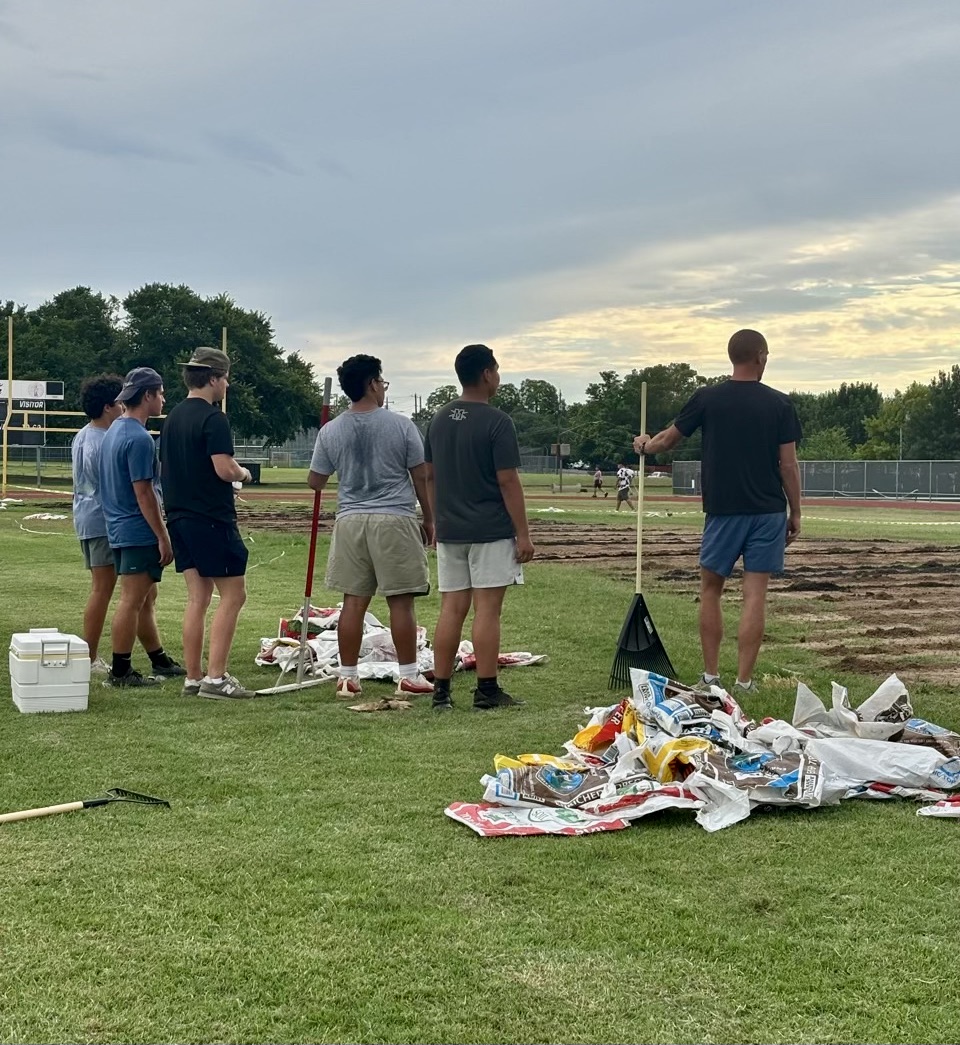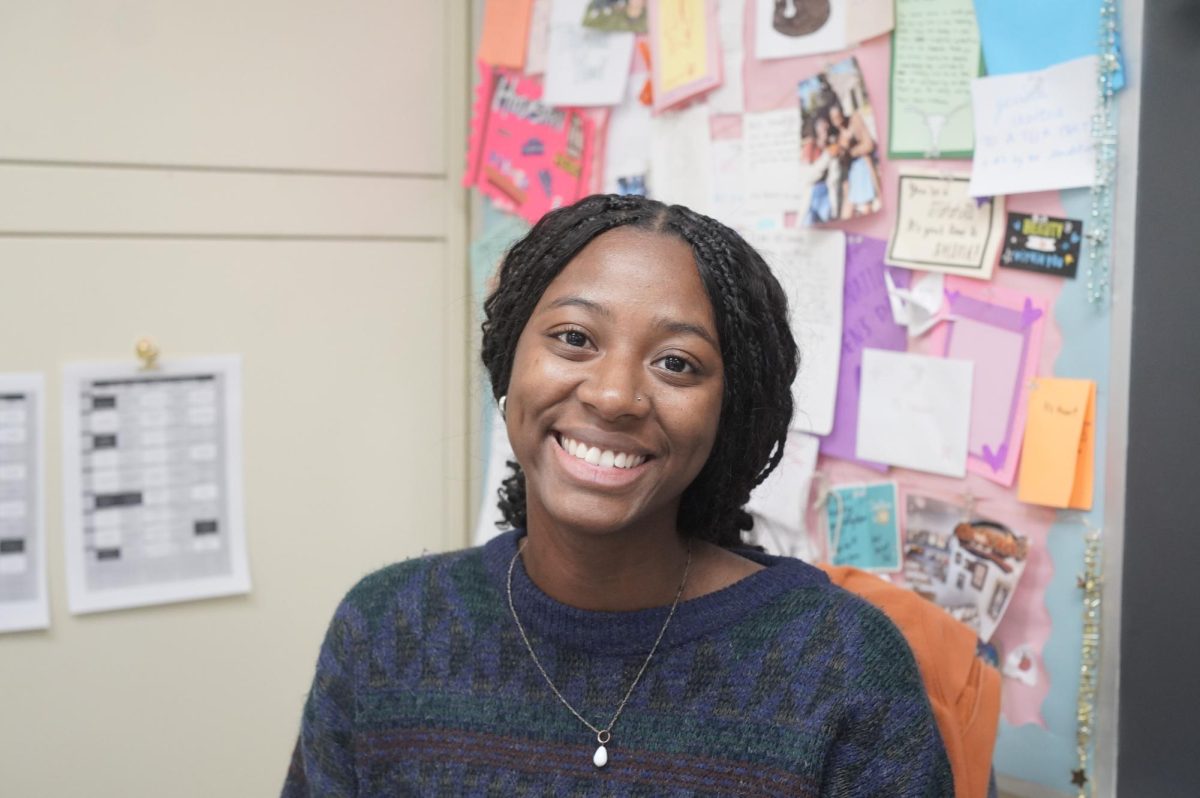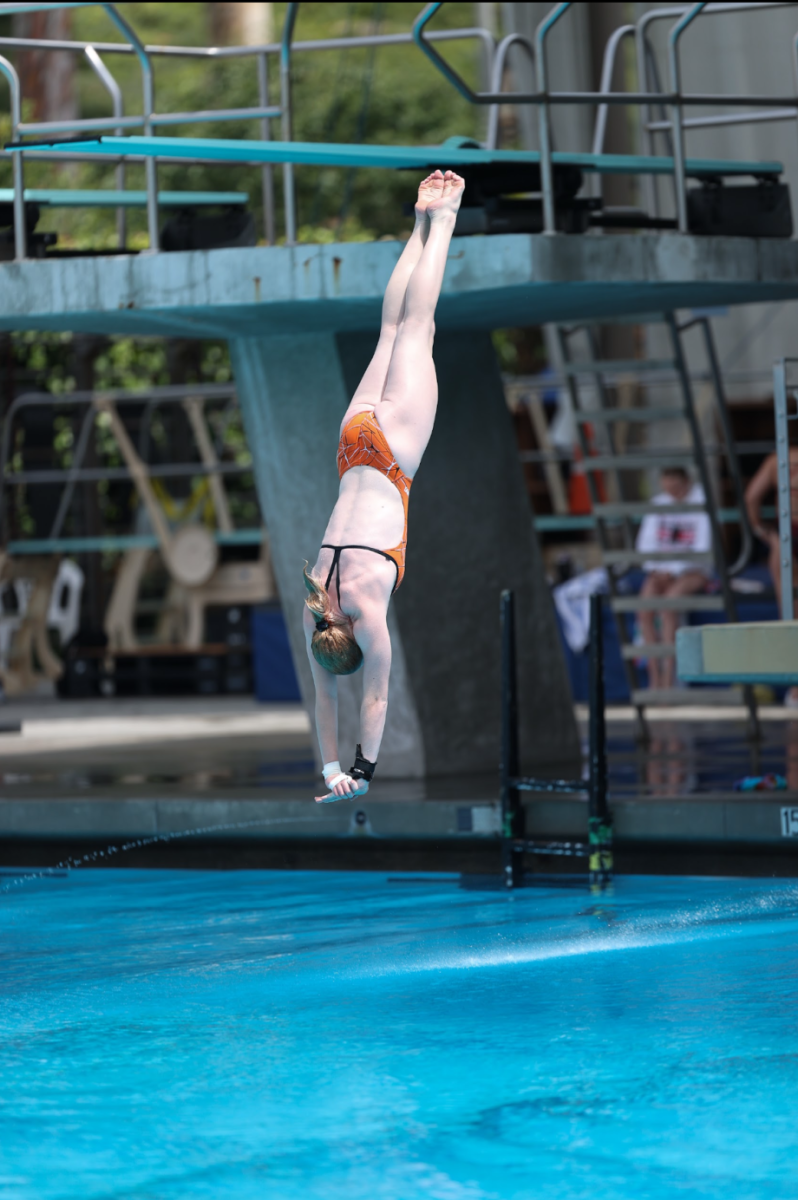The school year has started, but McCallum is left with the same grass field as last year, leaving some puzzled about the delay of the turf field that was set to be finished before the start of football season, that is now long started. The turf field, added to the bond allotment that McCallum was given in 2022, had an initial start date of late spring/early summer of this year, 2024. Delayed, due to a permitting issue, the administrators were informed mid-summer that the turf field would not be built for a while, coming as no surprise to head football coach and athletic director at McCallum, Thomas Gammerdinger.
Principal Andy Baxa found out the field would be delayed due to a permitting issue. When the new fine arts building was built,the MAC, a retention pond, was supposed to be built. Retention ponds are built and used to hold and distribute runoff, preventing flooding. The school had not planned for this additional retention pond to be built, pushing back the process of the field, because it was not built several years ago. There is a certain percentage of the lot McCallum is on that is allowed to be an impervious cover, a material that does not allow water to soak into the ground. With the new field, it would push the school over the percentage allowed, which led to some rethinking, furthering the delay in construction.
“The field will be pushed back south, about 10 to 15 feet, so we can add a retention pond down there at the bottom,” Baxa said. “We are going to raise the field a little bit, and help us get out of that floodplain a little more.”
McCallum submitted the blueprints and plan of the field to the City of Austin, and they informed the school of the permitting issue, leading to this delay.
Several sports, mainly football and soccer, take to the field almost every day after school during their respective seasons. McCallum, with no turf field, has had a field that has mostly consisted of a dirt strip down the middle, with a sprinkling of grass surrounding. Gammerdinger said the field was not always in this dire shape.
“We had it in reasonably good shape, and then COVID hit,” Gammerdinger said. “It didn’t get any attention for a year, or however long, and it never really got back to where it was.”
During the summer, the football program formed a 7-on-7 team that competed against other high schools in Texas. Realizing they would be practicing a lot outside on the field, and that AISD would not have turf ready for them, they got together and made a plan. Parents led, with the involvement of Gammerdinger and several players, and took to the field.
The first step of the process was to get the district to come deliver water to the field, and they did that by installing a large pipe across the field. The largest issue regarding grass on the field was the middle section of dirt.
“The middle section was really, really bad,” Gammerdinger said. “We had to break it up, so a parent came through with a bulldozer to drag through the hard pan, to break up the soil a little bit.”
After the middle section was broken up, parents and families donated over 100 bags of topsoil, Gammerdinger noted, and got to work spreading it.
“We went out one day, and we spread it all over and raked it, and mixed it with the soil that was already there,” Gammerdinger said. “And then we weren’t really sure what to do.”
Assistant football coach, Coach Collins, had a friend from his McCallum years,, who owned a landscaping company, and gave the school a free consultation.
“He recommended that we use a hydro-mulch or a hydroseed, and then they come out and spray a bunch of it all over the field,” Gammerdinger said. “And then we were really really fortunate, we got a ton of rain right after we did it which helped.”
The grass grew plentiful, a few days of rain contributing to its growth, ready for practice for the start of football season. Gammerdinger noted that the field’s peak condition may not last long, even with continuous upkeep, as several sports have been added to the field’s continuing use.
“Now it is starting to get a lot more traffic, with football, and two periods of soccer each day,” Gammerdinger said. “It’s not a problem, it’s just starting to get more use. It’s starting to get beat down a little, but I would say it’s still in better shape than it has been this previous season.”
Sienna Gunning, a junior, varsity soccer player, has dealt with playing on the McCallum grass field for more than 2 seasons now. Fed up with the lumps in the field, the dirt strip down the middle and the lack of grass, Gunning was ready for the turf field to be built. When hearing about the delay, she felt very frustrated to hear that it was delayed.
“Because our season hasn’t started yet, it hasn’t affected us that much yet, since we are used to playing on a dirt field,” Gunning said. “But we were expecting the turf field to be ready, and it’s annoying that we are still playing on the lumpy field.”
Baxa, and every athlete who has played on the field as a rocky patch of dirt, hope that the district will begin construction on the new turf field in early 2025 and that the project will herald a positive future for several decades to come.








